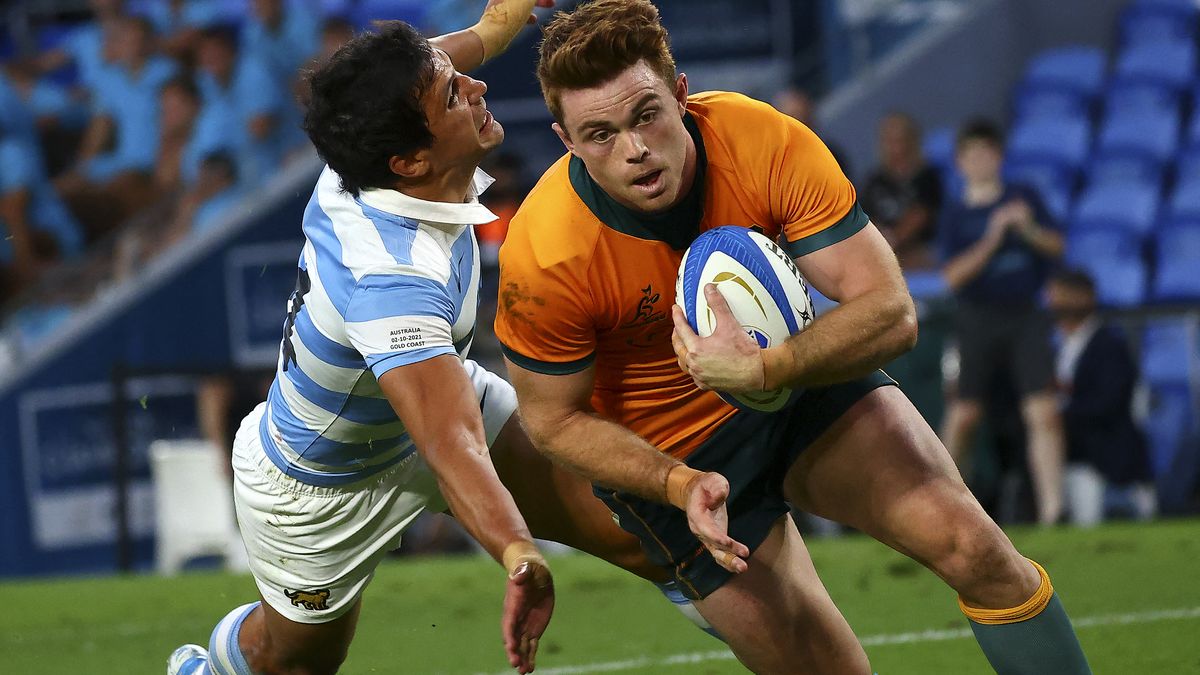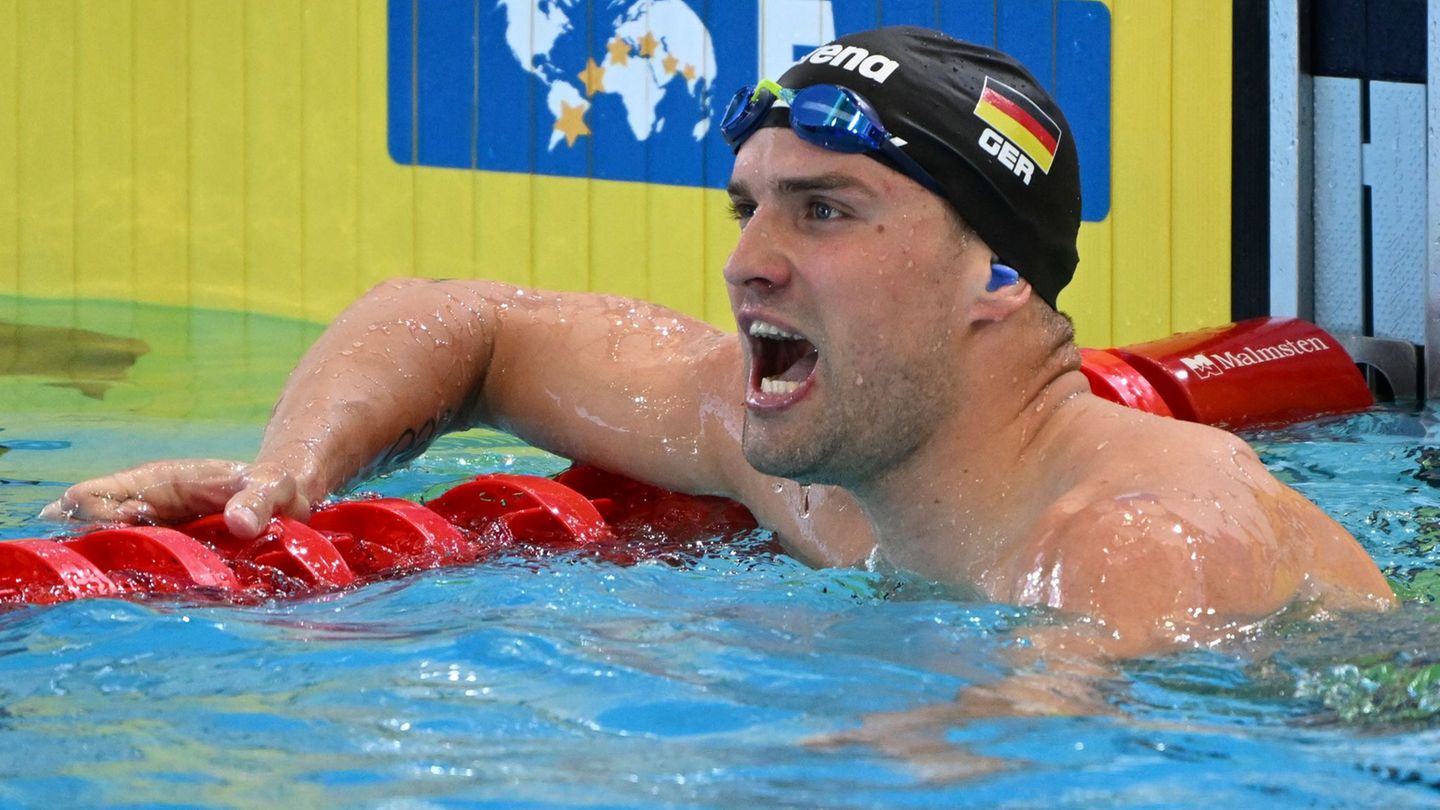They were developed by the Community Laws Flexibility Working Group *, which began in November 2020, following a World Rugby survey of law testing that generated more than 1,800 responses, reflecting World Rugby’s mission to connect with the rugby family.
The Task Force involved Grassroots Rugby directors, World Rugby Council members, Grassroots Rugby Committee members, executive staff from World Rugby and its regions; This had the role of developing a series of laws for grassroots rugby that were relevant and attractive to adults in grassroots rugby, generating enjoyment, accessibility and retaining players.
This built on a number of existing national best practice models, including those from England, New Zealand and Wales, who shared their knowledge and experience in developing the global World Rugby project, spreading to other areas of rugby.
The President of World Rugby Sir Bill Beaumont said: “Community rugby is the heart and soul of our sport, the foundation on which our home is built and today represents a milestone for rugby around the world with the introduction of optional variations of the ground laws for our national unions. “
“We are constantly listening to and engaging with the global rugby family at all levels and I am delighted that today’s tangible results emerge from a survey that received over 1,800 responses from around the world and is based on existing models in England, New Zealand and Wales. An important benefit of the global nature of the project will be the ability to share best practices between unions, having a set of guides that players can recognize no matter where in the world they play. “
“The amendments announced today are a key element of our long-term goal of making rugby more accessible, sustainable, safe and available to everyone. The passion, commitment and enjoyment we see on rugby fields around the world drives us, determined to continue to evolve and improve the game we all love. ”
Deployment mode
The Game On Global principles can be used as of January 1, 2022 by all World Rugby member unions. The implementation times within a territory will be at the discretion of each Union.
World Rugby also confirms that youth and grassroots rugby laws are the responsibility of the National Union / Domestic Union. By officially recognizing Game On Global, World Rugby supports creative and flexible solutions to local engagement issues while promoting grassroots rugby.
Each Union will have the responsibility of instructing their clubs on logistical arrangements, but typically it is the responsibility of the host team to coordinate with the rival and match officials as long as possible.
The adoption of Game On Global also allows matches and tournaments to be played outside of the jurisdiction under an agreed framework of laws. Each union will also determine which levels and tournaments can use Game On Global.
Rugby 10 modifications.webp
The 10 rules of Game On Global
1- Number of players
Teams must have the same number of players, being able to play with 10, 11, 12, 13, 14 or 15 per side. Teams must agree on the amount before the start of the match. If there is no agreement, the decision is deferred to the team with the fewest available players.
Teams that reduce their numbers may have substitutes. For example, a team with thirteen players can play 10 per side and use three substitutes. Regardless of the amount that has been defined, the game will be played under the rugby laws of fifteen.
2- Duration of the match
Matches should be a minimum of 40 minutes, but can be divided into equal times – halves, thirds, quarters. For example, teams may agree to play a 60-minute game in two 30-minute halves, three 20-minute halves, or four fifteen-minute halves. If no agreement is reached, the times will be used according to the number of players:
• 10-a-side: 40 minutes maximum
• 11-a-side: 50 minutes maximum
• 12/13 -a-side: 60 minutes maximum
• 14-a-side: 70 minutes maximum
• 15-a-side: 80 minutes maximum
3- Substitutes
Teams may use “constant changes” whereby players can return to the field of play as long as they are not injured. Tournaments and teams may also apply the “Half Game rule, whereby all players must play at least half a game.
4- Scrums
As a principle, teams can reduce the amounts in a competitive scrum. At a minimum, this should mean:
• 10/11-a-side: 5 players.
• 12/13 -a-side: 6 players
• 14-a-side: 7 players
• 15-a-side: 8 players as normal
• Teams / tournaments can be played with three first lines identified in the team
Teams could also apply the M19 variation in which scrums can only be pushed 1.5 meters, or teams can agree that the scrum is not played. With uncontested scrums, you don’t push but you can hook. It is recommended that the half scrums pass from the base of the scrum. For Game On it is recommended that in the event of an unsuccessful scrum, it is not replayed and restart with a free-kick for the team that originally introduced the ball.
5- Lineouts
Teams may agree not to contest or lift in the lineout. When not disputed, the ball must be passed to the midcrum.
6- Kicking
Teams / tournaments may consider interventions such as:
• Penalties and Free Kicks can only be kicked into touch from their own field.
• All conversions are from under the posts
• Kicks in the attackers 22m cannot be scored
7- Size of the playing field
It is recognized that there may be few or bad pitches available in grassroots rugby. Some innovative solutions could be:
• Innovative use of the current Law
1 – allowed grounds are grass, sand, clay, snow or artificial grass.
• 10-a-side in midfield, playing touch to touch, with all conversions on one of the posts
8- Size of the ball
Teams and tournaments may allow the use of a smaller ball in some matches or competitions, for example 4 or 4,5
9- By weight
It is recognized that rugby must remain a sport “for all shapes and sizes” and the diversity in a team is what makes it stronger. However, in some countries with higher levels of multiple cultures and challenges such as risk perception and transition from college to adult rugby player, then weight-based competitions could aid retention. This element of rugby can be considered when there are real differences in player sizes within your population. There are potential college / tertiary age opportunities when moving to adult rugby, especially after a long stint without rugby, such as after COVID. Examples of weight divisions include the NZR 70kg tournament and the Philippines Fat 10s.
10- Tackle height
Unions and tournaments may want to consider adjusting the height of the tackle from ‘shoulder line’ to nipple line or waist level. This was successfully tested in South Africa and France; When paired with player and coach support, it can lead to more passes on contact, more passes, more time on the ball in play, and a reduction in concussions. It can lead to less footplay and more tackles per game. Some good practice templates from the unions in each of the specific areas will be compiled and posted on the Game site, which will be ready prior to launch. This effectively gives unions and match organizers three options for tackle height: shoulders (as in current law), nipple, and waist height.
Source From: Ambito
David William is a talented author who has made a name for himself in the world of writing. He is a professional author who writes on a wide range of topics, from general interest to opinion news. David is currently working as a writer at 24 hours worlds where he brings his unique perspective and in-depth research to his articles, making them both informative and engaging.




